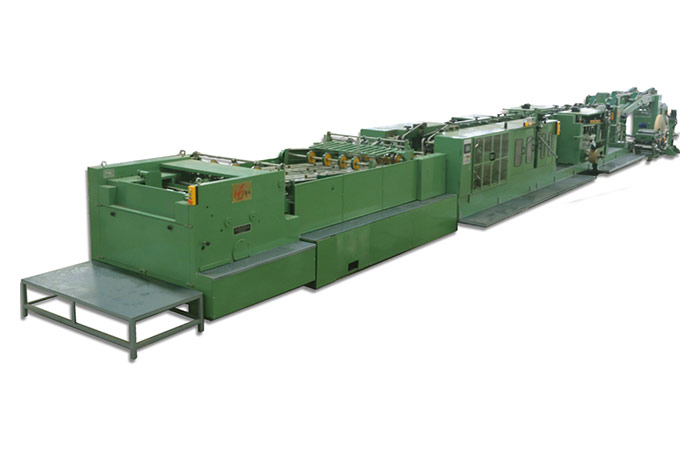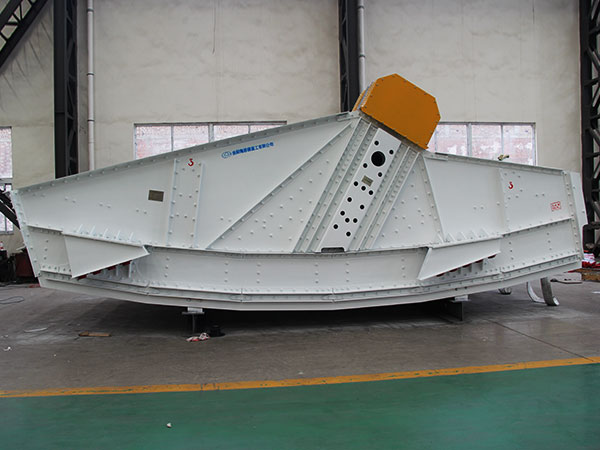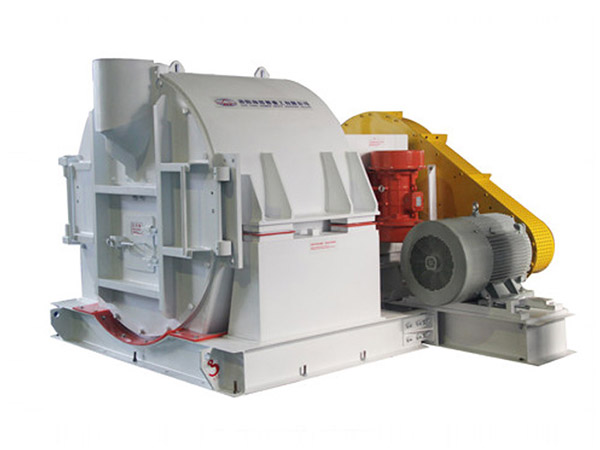The accuracy of cylindrical roller bearings increases sequentially from 0. For general use, 0 is sufficient, but when used in special conditions or occasions, a precision of 5 or higher is required. Although the above accuracy is based on the ISO standard, its name is different in each standard. The following lists the applicable accuracy of various cylindrical roller bearing types and the comparison between the standards.
Dimensional accuracy
1. Allowable deviation of inner diameter, outer diameter, width and assembly width;
2. The allowable deviation of the inner diameter of the complex circle and the diameter of the outer circle of the roller group;
3. The allowable limit value of the chamfer size;
4. The allowable variation of the width and the rotation accuracy;
5. Allowable radial runout and axial runout of inner ring and outer ring;
6. The allowable lateral runout of the inner ring;
7. The allowable variation of the inclination of the outer diameter surface;
8. The allowable variation of the thickness of the thrust bearing raceway.

Standard cylindrical roller bearings have many sizes and forms. Standard bearings are used in the design of mechanical devices. The nature, size and direction of the load of cylindrical roller bearings and the load applied to the bearing are changeable. Usually, the rated base load is shown on the dimension table. However, axial load and radial load, etc., are also important factors in choosing a suitable cylindrical roller bearing.
When the ball and needle roller bearings are of the same size, needle roller cylindrical roller bearings usually have higher load capacity and withstand higher vibration and shock loads. The allowable speed is determined according to factors such as the type, size, accuracy, cage type, load, lubrication method, and cooling method of the cylindrical roller bearing. The allowable rotational speed of standard precision bearings under oil lubrication and grease lubrication is listed in the cylindrical roller bearing table. Generally, deep groove ball bearings, self-aligning ball bearings and cylindrical roller bearings are suitable for high-speed operation.
…
Details can be accessed by clicking here:https://www.prsbearings.com/a/news/determination-of-accuracy-of-crossed-cylindrical-roller-bearings.html








